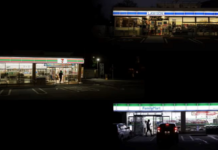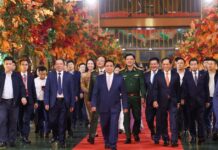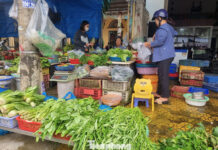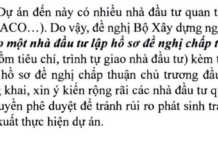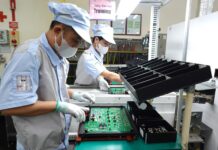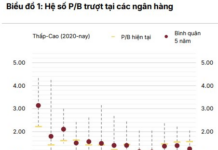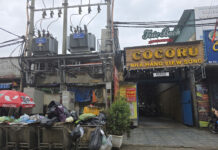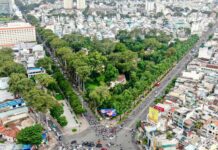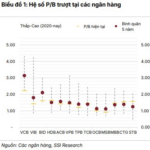According to real estate expert Pham Trong Phu – CEO of Titanium Property, a leading property management company, Article 99 of Decree 102/2024/ND-CP, issued on July 30, 2024, provides clear guidance on the Land Law 2024. It states that agricultural land can be built upon without the need for a change in land use purpose. However, individuals must apply for a multi-purpose land use permit to erect structures, and these constructions cannot be permanent but rather temporary and easily removable.
“For a large plot of agricultural land spanning several hectares, if short-term crops are planted, the landowner can build factories, accommodations for workers and experts, and even temporary housing for the landowner. Previously, the law did not allow this, leading many to do it illegally, but now it’s officially sanctioned,” shared Mr. Phu.
|
7 types of land that can be used for multiple purposes
Source: Land Law 2024
|
In reality, leaving large swaths of agricultural land unused for extended periods leads to wastefulness. This is especially true for areas close to urban centers, where cultivating rice or other crops is impractical, resulting in vast empty spaces.
Regarding the popular homestay and farmstay models that have gained traction in recent years, Mr. Phu points out that before this decree took effect, many of these establishments operated illegally without proper permits.
The primary objective of this decree is to facilitate legal construction on agricultural land, enabling business operations and fostering sustainable development. It also addresses the pressing social need for vacation spots with “view” potential, such as homestays and farmstays.

Agricultural land with scenic views can now be utilized for homestays, farmstays, and tourism. Illustrative image
|
More gains than losses?
According to Mr. Phu, besides allowing individuals to engage in business activities or reside on a portion of their agricultural land, the government also benefits from taxes levied on these enterprises. This arrangement proves advantageous for businesses with large plots of land engaged in agricultural production, as they can now contribute taxes to the local budget instead of operating clandestinely.
Mr. Phu believes that applying for multi-purpose land use, rather than changing the land use purpose, will bring about more benefits. It will be favorable for individuals, businesses, and the government, with minimal drawbacks.
With the introduction of this decree, the expert predicts a surge in investors seeking permits to build on agricultural land. If the land is attractive, investors will seek permits en masse for commercial ventures, and the government, in turn, will collect taxes, boosting the local economy. Mr. Phu foresees no significant risks associated with this development.
Will investors rush to buy agricultural land?
In Mr. Phu’s opinion, given the liberal Land Law and the current challenges in subdividing land, investors will likely channel their funds into purchasing agricultural land. They may hold onto these lands for the next 5-10 years, anticipating more relaxed regulations or amendments that permit land subdivision in the future. The agricultural land they acquire today will then serve as a source for future ventures.
Additionally, as agricultural land is currently affordable, the profit margin can be substantial. For instance, land in Nhon Trach is priced at just 1-2 million VND/m2, while residential land in certain areas can reach up to 40-50 million VND/m2. There is a strong incentive for investors to acquire agricultural land, given the significant room for price appreciation.
“Investors will focus on buying land in areas surrounding Ho Chi Minh City. In contrast, they are less likely to invest in remote regions or places where agricultural land is currently being utilized for production. Purchasing such land would require acquiring large plots, and the prices are not expected to increase in the next few years,” explained Mr. Phu.
|
According to Article 99 of Decree 102, multi-purpose land use involves utilizing a portion of the land designated for the primary land use purpose for another purpose as stipulated in Article 218 of the Land Law. The primary land use purpose refers to the purpose for which the land was allocated, leased, or recognized for stable land use by the State, and for which a land use certificate can be granted. The area of land used for the combined purpose must not exceed 50% of the area used for the primary purpose, except for residential land used for multiple purposes. Structures built on agricultural land for multi-purpose use must be of a suitable scale and nature, easily removable, and not permanent. The area of land used for construction on agricultural land for multi-purpose use must comply with regulations stipulated in the Decree detailing the Land Law and other relevant laws. The time frame for using the land for the combined purpose must not exceed the remaining duration of the primary land use purpose. |
Thanh Tu
Over 19 thousand households in Hanoi still awaiting allocation of service land
In recent times, the city of Hanoi has allocated land to 36,557 households. However, there are still over 19,000 households who have not yet been allocated service land, with a total area of 112.19 hectares.

